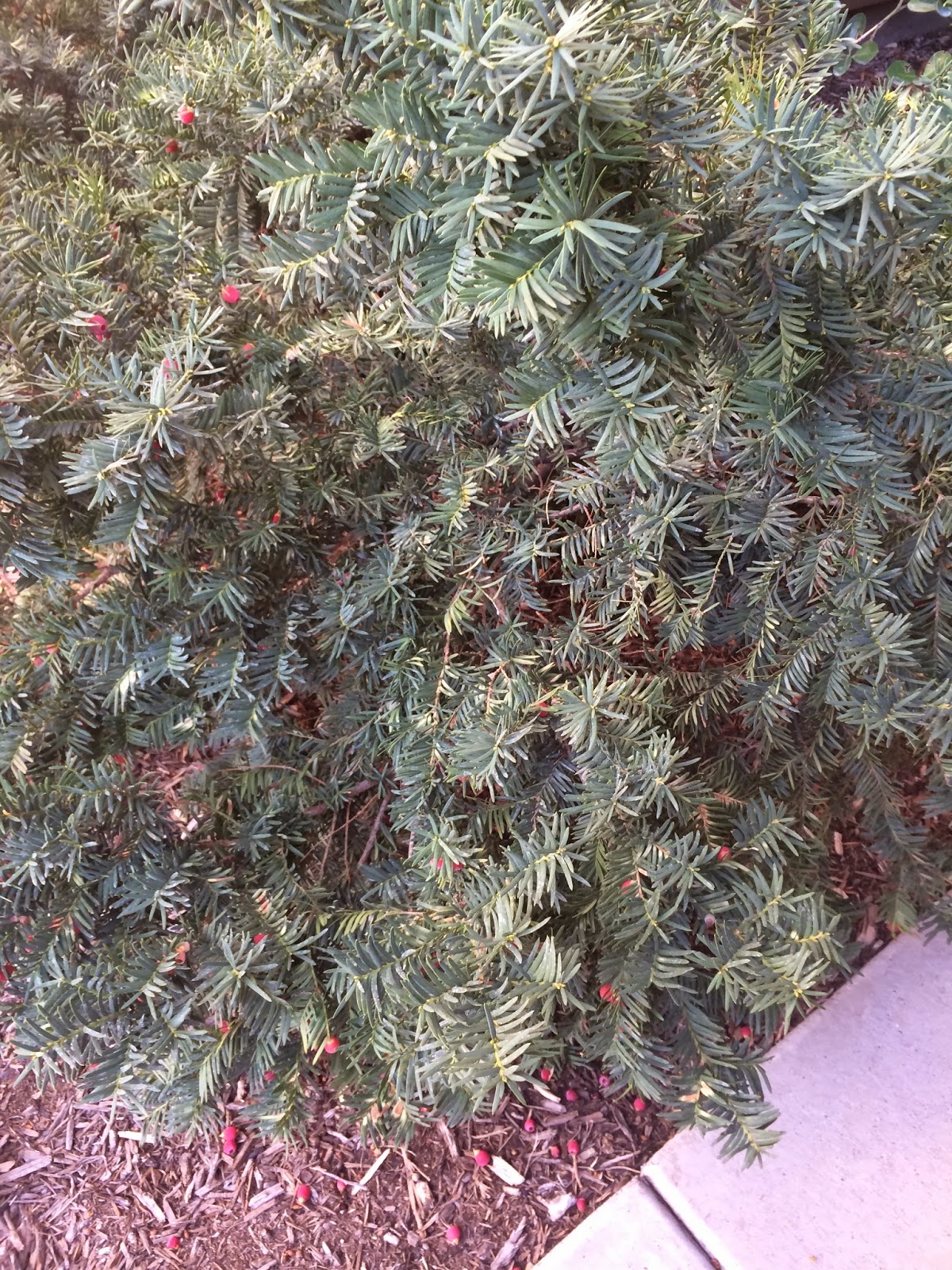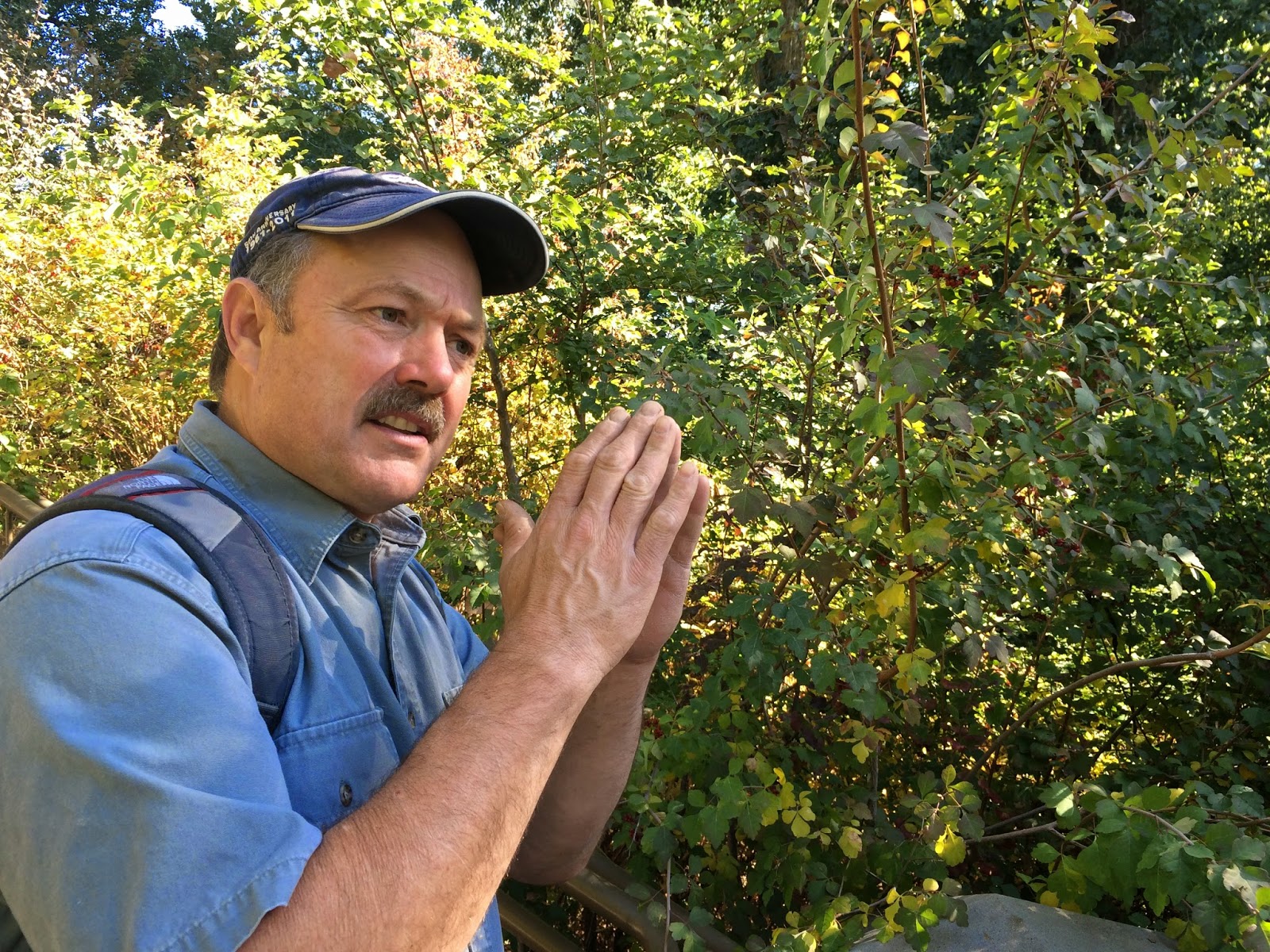We have a secret. What you see when you come here to the
Bean Life Science Museum is only a fraction of what we actually have stored
here. On display we have a few hundred animals visible to the public, but behind
the scenes, we over a million plants and animals! Want to see what is behind
those closed doors?
The Stanley L. Welsh Herbarium holds over 600,000 vascular
plant specimens. What do they look like, you say? Here’s a picture of one of
the plants stored in the herbarium.
The process of storing plants long term is
pretty simple. When they are collected, plants are pressed, usually using a
press like the one you see here.
They are sometimes dried for a few days in a
dryer. After that they are glued onto special acid free paper
designed specifically for herbariums. This makes it so the plant can be stored
safely for a long time. The glue they just use regular ol’ Elmer’s glue.
Weights are sometimes used to hold the plants down on the paper to dry.
Each plant has been assigned a number. These
numbers are carefully catalogued and maintained in a digital database. The
plants are then stored in cabinets and are arranged taxonomically, by order,
family, genus and species after which they are sorted by the location the plant
was collected.
Why do they do all this? Why do we have so many plants? Leigh
Johnson, curator at the herbarium says that herbarium specimens document that
the organism occurred at that specific place and time. What’s important is we
know where and when the specimen is taken. We can figure out what it is later.
These collections provide a snapshot into time. Let’s say 30 years ago someone
collected plants up Provo Canyon. Because of the herbarium we can look at these
plants from 30 years ago and today and ask questions like, “Are all these
plants still there?” “Are we finding new plants?” “Are some plants
disappearing?” Dr. Johnson says that some of the most interesting specimens the
herbarium has are from the late 1800s! With the plants being stored in
herbariums across the world, we are creating some amazing snap shots in
history!
Additionally, herbariums often loan or exchange specimens
with other herbariums across the world. Let’s say you are interested in group
of plant called pincushion plants. You can now compare your plant with other
plants from other herbariums. Perhaps what you have collected is different from
what the other herbariums have. You may have a new species! Dr. Johnson is
doing just that and is currently describing new species of Navarretia or spiny pincushion plants.
You can actually explore some of what the Stanley L. Welsh
Herbarium has to offer from your own home! Many of the specimens have been
photographed and those photographs are available through the Harold B. Lee
Library at this link: http://sites.lib.byu.edu/scholarsarchive/s-l-welsh-herbarium-bry/
Please visit our website for more information about the
herbarium.






















































